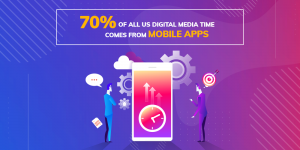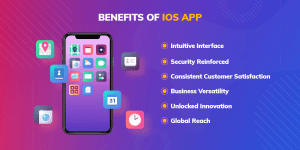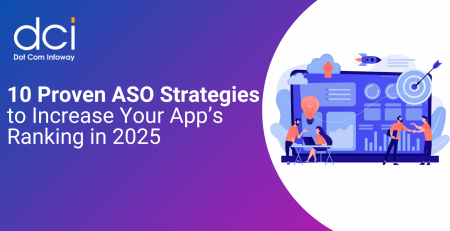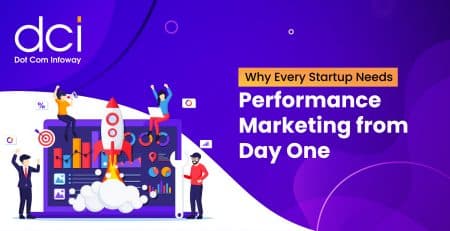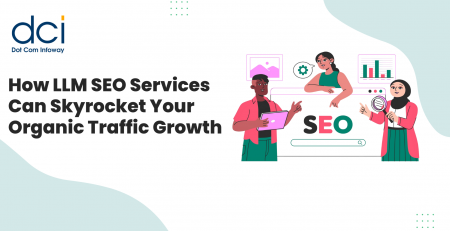iOS App Development Checklist – Essential Steps for Successful Launch
Facts and stats such as a big bulk of iOS users come from a high annual household income and that there are now more than 1 billion iPhone users are but some of the obvious proofs that iOS development is still rising. Even global install rates increased by 6.6% from January 2022 to April 2023.
Indeed, it’s time to go over your development checklist. Any well-meaning iOS app development agency will underscore the importance of having a sound and workable iOS app development Checklist before you start any kind of project. There’s really no better way to describe it than the best way to optimize your app development project.
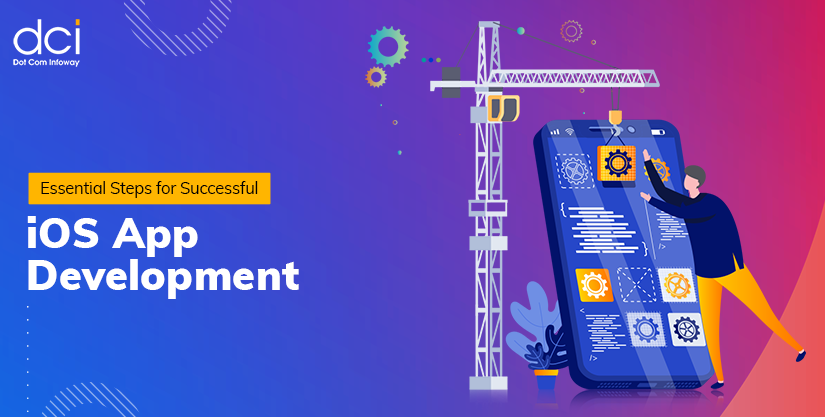
Your Path to Success: Our iOS App Development Checklist
1. Understanding Your Audience
Crafting your app to suit your target audience is always crucial, which is why you shouldn’t be surprised if it is often at the top of any iOS App Development Checklist.
- If you’re in retail, identify the users most likely to make purchases through your app.
- For healthcare, focus on collecting data from patients.
Also, utilize existing user trends or tools like Statista for insights. Survey services like SurveyMonkey can help gauge potential user preferences.
2. Getting to Know Your Users
Researching your user profiles helps build a relevant and useful app. Consider demographics and geography, which determine your platform choice ( whether it’s iOS vs. Android).
And, it’s not like you’re limited to just one platform. For instance, you can try to target either the US or China with iOS or Android, respectively. Recognize user age preferences for different platforms. Remember that this remains one of the best practices in mobile app development because it
3. Calculating Costs and Gains
Evaluate the potential benefits against the costs of app development, then plan your budget from there. Industry surveys indicate positive returns and increased business opportunities with mobile solutions. Consider ROI and the ability to introduce new revenue streams.
4. Selecting the Development Team
Always keep in mind that the complexity of your app determines the development strategy you should adapt and the team you bring together.
Long-term ones may need you to opt for either in-house or a remote team. On the other hand, outsourcing may be better for more minor ventures.
5. Choosing the Correct Development Strategy
Which one will you be going for: native or cross-platform? Each one has its own benefits. Cross-platform may save you time, but they may end up sacrificing performance. That’s why developers choose native in a heartbeat.
6. Adhering to Apple’s Design Standards
You can’t skip embracing the Human Interface Guidelines, as it’s your key to improving user satisfaction. It’s not only you who should be aware of Apple’s design principles, though, as any team member not knowing them may compromise your whole project.
7. Choosing Between Objective-C and Swift
One of the best advantages of using Swift is that it offers more advanced features, but make sure to not close yourself off from Objective-C because it has its own benefits. In fact, most iOS app development services suggest blending both languages.
8. Leveraging Xcode
Xdose is one of the vital cornerstones of iOS app development, as it supports a more streamlined process. Be sure to capitalize on that.
9. Selecting iOS Versions to Support
It goes without saying that you should be focusing on the newest iOS versions. However, you have to consider backward compatibility as well.
10. Optimizing for Device Diversity
An app that supports various devices always wins. That universal compatibility ensures it will be accessible to everyone and is optimized for diverse screen sizes.
11. Adopting a Consistent Coding Style
Uniformity in coding style maintains a much-needed level of organization that makes maintenance and collaboration not only easier but better.
12. Implementing Effective Architecture
Use the Model-View-Controlller (MVC) architecture since it provides a more solid foundation. While you’re at it, extend it with Model-View-ViewModel (MVVM) for improved results.
13. Applying Effective Naming and Structure
Implement Apple’s standard naming practices for your code elements. As you do so, you should establish a structured project folder arrangement for easier management.
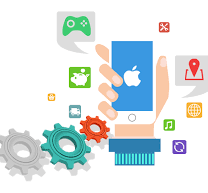
Embrace iOS Innovation With a Top iOS Development Agency
Explore our iOS App Development Checklist to create apps that will thrive in the present iOS ecosystem!
14. Utilizing Frameworks and Libraries
These shouldn’t be missing from your arsenal of iOS app development tools since they’re proven tools that speed up development. We’ve lost track of how many times it has helped our mobile app development company save numerous resources we directed in more important matters.
15. Integrating Open Source Tools
Your chosen iOS app development agency should point you toward the fact open-source projects and libraries only ever help to enhance your app’s capabilities – and put your vision to life.
16. Prioritizing Code Reviews
Gather code reviews to make sure that you can polish your work more smoothly. They only ever improve overall code quality, consistency, and teamwork.
17. Implementing Event-Driven Programming
Follow an event-driven approach to emphasize interactions and workflows. Incorporating Object-Oriented Programming (OOP) principles bolsters code reuse and long-term maintenance.
18. Conducting Thorough Preliminary Research
Any further research you do will only help you overcome specific challenges that spring up. As a development company, we value being able to preemptively address all issues, which is why this will likely never leave our iOS App Development Checklist.
19. Mastering Code Signing
Secure the necessary Apple certificates for app deployment. These certificates are essential for testing and distribution.
20. Embracing Continuous Integration and Delivery
Implement continuous integration tools like Jenkins CI or Xcode Server for efficient app development. Automate testing, builds, and deployment to streamline your workflow.
21. Choosing the Right Distribution Model
Opt for App Store distribution or utilize TestFlight for beta testing. Enterprise and internal apps can leverage the iOS Developer Enterprise Program or Volume Purchasing Program.
22. Prioritizing App Security
If your app will be handling sensitive data, then this is a must. Do your best to adhere to Apple’s Secure Coding Guide and implement all important protocols pertaining to encryption and security.
23. Implementing Reporting and Analytics
Skipping reporting will leave you in the dark about vital factors like user behavior. Let your analytics inform ongoing enhancements to your app.
24. Selecting Monetization Methods
How you monetize your app should always align with its purpose? In-app purchases give you the opportunity to attain sustainable income but make sure you still deliver value that’s worthy of it.
25. Prepping for Localization
Nothing beats an app that can support different languages and regions. On that account, be prepared for pseudolocalizations and the complexities of right-to-left languages.
26. Incorporating 3rd-Party Tools
Integrate reputable third-party tools to enrich your app’s functionality. Ensure the longevity and reliability of selected tools for the duration of your app’s lifecycle.
27. Planning for Upgrades
Acknowledge that apps are never truly complete. Lastly, anticipate future upgrades and updates to stay competitive and relevant in the ever-evolving landscape.
Now that we mention posterity, it’s definitely well-worth reading about AI in mobile app development and e-wallet app development, especially if you’re planning to stick to iOS app development in the long-term.
And, that basically ends our iOS App Development Checklist. It’s an exhaustive list precisely because of the far-reaching impact of iOS app development continually being felt in various industries worldwide.
However, we highly advise you to stick around to learn about the 5 features that serve as a great boon for most iOS apps.
Top 5 iOS Features and Their Benefits
Our iOS App Development Checklist won’t be complete if we don’t divulge these 5 essential iOS app development features that make the platform a favored choice by most developers.
1. Intuitive Interface
It offers a user-friendly interface that draws users and adapts seamlessly to diverse apps.
2. Security Reinforced
It doesn’t compromise on security, safeguarding against threats for optimal data protection and transactions.
3. Consistent Customer Satisfaction
Apple puts its users first, so expect your apps to enjoy better brand visibility and more opportunities to nurture stronger customer relationships.
4. Business Versatility Unlocked
It helps to drive sales and strategically positions companies for growth.
5. Innovation and Global Reach
It is often at the forefront when harnessing cutting-edge technology that reshapes traditional processes, essential to meet modern consumer needs worldwide.
Conclusion
Do you agree with the insights of our iOS App Development Checklist? Of course, no two checklists are ever alike. Nor does it remain unchanged over time. This is what we came up with as a mobile app development agency and based most of it on our success with various clients.
With that in mind, we highly recommend you introduce your own twists to them and do your own testing, so you can further set your apps apart. Who knows? You might even end up with even better steps.



